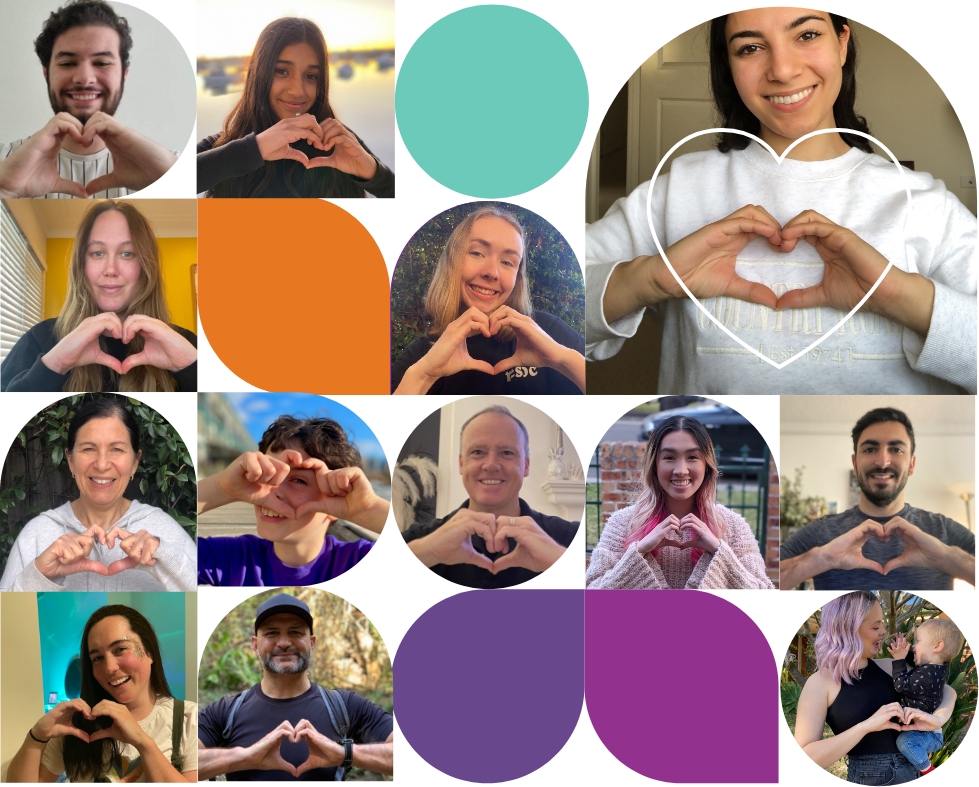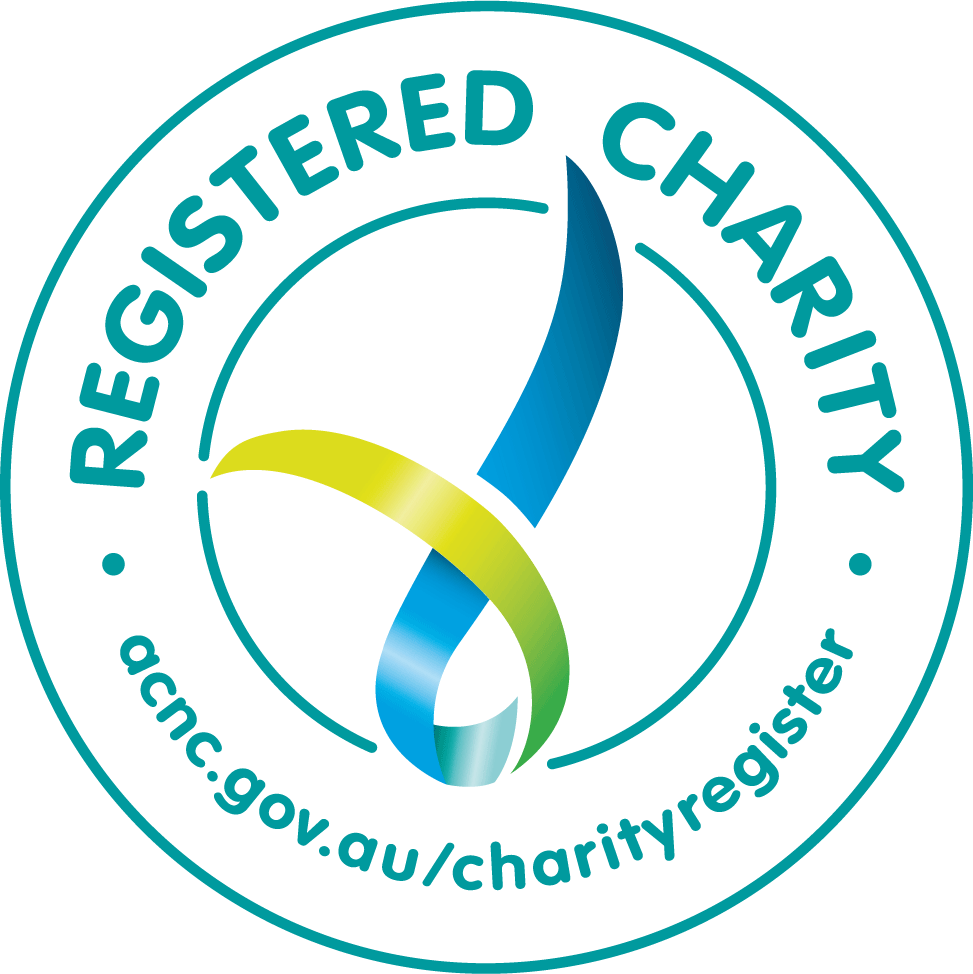Jessica, now three years old, was diagnosed with CDG IIB before she left the hospital. Born premature at 30 weeks, Jessica was transferred from Royal Women's Hospital to Sydney Children's Hospital, Randwick, at 36 weeks. When most babies are just being born, Jessica was struggling with some basic functions.
“At around 42 weeks, she was still not breathing or feeding properly, and we saw countless specialists, and she underwent so many tests," says Jessica's mother, Sara.
Dr Rani Sachdev, a Clinical Geneticist at Sydney Children’s Hospital, Randwick sought to gain a better understanding and turned to genomic testing. As a result, Jessica’s genes were sequenced to find the cause of her symptoms.
Soon after, Jessica was diagnosed with a condition known as Congenital Disorder of Glycosylation (CDG) Type 2. Symptoms of CDG include developmental delay, slow growth, seizures, low muscle tone, breathing difficulties requiring respiratory support, and a host of organ and sensory dysfunctions.
Jessica is one of 11 children diagnosed with this condition in the world and the only one in Australia. While rare diseases are rare individually, collectively they affect 7% of Australians.
When Sara and Patrick, Jessica's parents, were given Jessica's diagnosis, they were also given one of the hardest choices a parent could face: They were asked if they wanted to start end-of-life preparations for their little girl or go on the long journey of treating the symptoms of her complex and life-changing condition.
Sara and Patrick chose life.

Pictured: Jessica and her brother Liam
“Because it’s so rare, we don’t know what to expect. We don’t know what her life expectancy is. Doctors said it could be a year, it could be seven years at the most, looking at the cases around the world.
“But we made the choice to treat the symptoms, to give her the best quality of life she can have in the time that she has,” says Sara.
Patrick's full-time job is caring for Jessica. A typical day for Jessica includes being fed through a feeding tube in her stomach, using a BiPap Machine for respiratory support when she is sleeping, and having multiple seizures.
Reflecting on adjusting to caring for Jessica, Sarah says, “It changed our lives completely — we had never been exposed to anything like this before... It was a steep learning curve.”
Part of that learning curve has been learning to accept the help of people who become like family – like the staff at Bear Cottage.
Bear Cottage is NSW's only hospice for terminally ill children, as well as a respite centre for kids with complex care needs. Bear Cottage cares for up to 250 patients, including respite and bereaved children and their families, every year.
"The visit to Bear Cottage had a major impact on our family and has helped us greatly. We've been at Bear Cottage for over two and a half years. They have helped us with our transition from the hospital to respite care here as emergency care. It provides support not just like nursing and doctors, but a lot of support from counselling to art therapy, physiotherapy and overall well-being.”
One of the best aspects of respite at Bear Cottage is the opportunity for Sara, Patrick, and their son Liam to spend time with Jessica as a family rather than as her carers. The staff at Bear Cottage assist in creating special family moments that can be treasured.
“Coming to Bear Cottage, I think one of the things I love about it is it's also a place of happiness. You get a lot of support, but you also meet other families as well where you know you're not just on your own. So, I think it's very important coming to Bear Cottage.”
Dr Sachdev says treatment for Jessica's condition requires further research.
“This is an ultra-rare condition at this stage, there is no cure. Management of the individual presenting symptoms is critical, as well as active surveillance to prevent complications.
“Community funding plays a catalytic role in rare disease research. We need the dogged efforts of non-profit patient advocacy groups driven by concerned caregivers and citizen scientists. These organisations help to pool resources, build communities, and support early-stage R&D.”
With philanthropic support, research on rare conditions can seek better health outcomes and quality of life for children like Jessica.
Donate to Sydney Children's Hospitals Foundation Christmas Appeal today to help support kids like Jessica.













